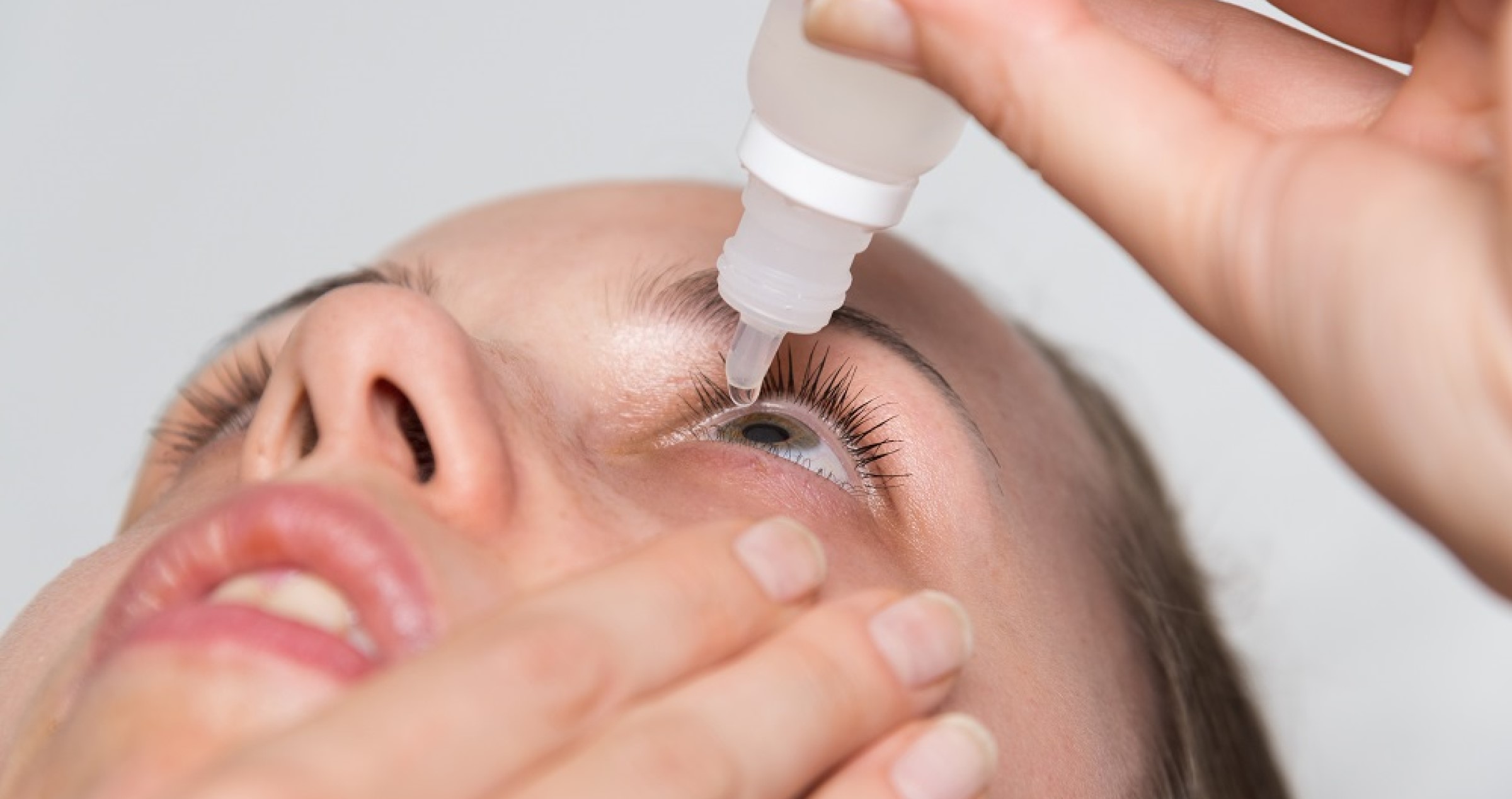Share
The use of generic versus branded medication is an ongoing topic of debate among all healthcare practitioners. Are generic drugs just as effective as branded medication? Should we be selecting ‘brand substitution not permitted’ when filling out a prescription?

As optometrists, understanding the difference in drug efficacy, safety, and tolerability of generic and branded medication allows us to appropriately prescribe glaucoma, antibiotic and anti-inflammatory eye drops.
What Is A Generic Drug?
Before a branded drug can reach a pharmacy shelf in Australia, it is researched, developed and produced in a laboratory, tested in a clinical setting and then approved by the Therapeutic Goods Administration (TGA). The branded medications are patented so that they can be exclusively sold by the innovating company.1 Once the patent expires, generic drugs can then be manufactured by other companies.1 According to the TGA, a generic version of a drug must contain the same ‘active ingredient’ and it must be proven to achieve the same bioequivalence as the branded drug.1,2 This means that the amount of drug absorbed by the body must be equivalent.1 It must also have the same strength, dosage, labelling, and indications for use.2
Generic drugs are generally available at a considerably lower cost as the pharmaceutical developer is not required to perform clinical trials to establish the product’s efficacy and safety.2 This is a key consideration in the treatment of chronic conditions such as glaucoma, where the cost of the medication can influence patient compliance.3 When generic latanoprost was first introduced in March 2011,3 adherence rates to therapy significantly improved once patients were switched from the branded to the generic formulation.3
Is There A Difference Between Generic And Branded?
Several studies have questioned the clinical efficacy of generic drugs in comparison to the branded counterpart. Commonly prescribed branded glaucoma drugs Xalatan and Timoptic XE were shown to have a greater intraocular pressure (IOP) lowering effect than their generic equivalent.4,5 Timoptol XE showed a mean IOP lowering of an additional 1.4mmHg compared to the generic equivalent. In the second study, when participants on generic latanoprost were switched to branded Xalatan, a greater IOP lowering effect was further seen.4 This raised concerns as a reduced IOP lowering effect could translate to progressive visual field loss.4
Possible explanations for these differences are the inactive ingredients inside the bottle. Although the active ingredients are equivalent, inactive ingredients such as preservatives, pH and tonicity adjusters may differ.2,5 These variables can affect the pharmacokinetics of the drug by interfering with drug ionisation and activation.2,6 Particulate size is another factor to consider, especially in suspensions.6 In generic prednisolone acetate, particulates were larger and more likely to agglomerate, which led to inconsistent concentrations within each drop.7 Other factors such as retention time, eye drop size and bottle design can also impact the therapeutic delivery of the drug.8,9
While several studies suggest clinical inferiority of generic medications, many of these studies were not double blinded and may be confounded by negative patient perception and expectations.10 Since generic drugs are sold at a lower cost, patients often translate this to lower production quality.10 Patient apprehension towards generics can lead to reduced perceived effectiveness and increased perceived adverse effects.11 Healthcare practitioners may need to appropriately educate patients to strengthen confidence in generics if prescribed.10
The Verdict
Generic drugs are widely used and appear to be a relatively safe and effective alternative to their branded counterparts. Their use is particularly beneficial in promoting compliance in the treatment of chronic conditions or for patients on multiple drug treatments. However, some studies have suggested that although generic drugs contain the same active ingredient, the chemical equivalence may not directly translate into clinical equivalence.1 Factors such as retention time, particulate size, and pH variations may affect the tolerability, safety and efficacy of the medication.2 Therefore patients switching from the branded to generic formulation should be closely monitored and followed up to ensure the desired therapeutic response has been achieved.
References
1. Meredith, P., 2003. Bioequivalence and other unresolved issues in generic drug substitution. Clinical therapeutics, 25(11), pp.2875-2890.
2. Zore, M., Harris, A., Tobe, L.A., Siesky, B., Januleviciene, I., Behzadi, J., Amireskandari, A., Egan, P., Garff, K. and Wirostko, B., 2013. Generic medications in ophthalmology. British Journal of Ophthalmology, 97(3), pp.253-257.
3. Stein, J.D., Shekhawat, N., Talwar, N. and Balkrishnan, R., 2015. Impact of the introduction of generic latanoprost on glaucoma medication adherence. Ophthalmology, 122(4), pp.738-747.
4. Narayanaswamy, A., Neog, A., Baskaran, M., George, R., Lingam, V., Desai, C. and Rajadhyaksha, V., 2007. A randomized, crossover, open label pilot study to evaluate the efficacy and safety of Xalatan in comparison with generic Latanoprost (Latoprost) in subjects with primary open angle glaucoma or ocular hypertension. Indian journal of ophthalmology, 55(2), pp.127.
5. Stewart, W.C., Sharpe, E.D., Stewart, J.A. and Hott, E.C., 2002. The safety and efficacy of timolol 0.5% in xanthan gum versus timolol gel forming solution 0.5%. Current eye research, 24(5), pp.387-391.
6. Kahook, M.Y., Fechtner, R.D., Katz, L.J., Noecker, R.J. and Ammar, D.A., 2012. A comparison of active ingredients and preservatives between brand name and generic topical glaucoma medications using liquid chromatography-tandem mass spectrometry. Current eye research, 37(2), pp.101-108.
7. Roberts, C.W. and Nelson, P.L., 2007. Comparative analysis of prednisolone acetate suspensions. Journal of ocular pharmacology and therapeutics, 23(2), pp.182-187.
8. Van Santvliet, L. and Ludwig, A., 2004. Determinants of eye drop size. Survey of ophthalmology, 49(2), pp.197-213.
9. Moore, D.B., Hammer, J.D., Akhtari, R., Beck, J., Sanders, S. and Kryscio, R.J., 2016. Squeeze me if you can: variability in force requirements to extract a drop from common glaucoma bottles. Journal of glaucoma, 25(9), pp.780.
10. Faasse, K., Cundy, T., Gamble, G. and Petrie, K.J., 2013. The effect of an apparent change to a branded or generic medication on drug effectiveness and side effects. Psychosomatic medicine, 75(1), pp.90-96.
11. Faasse, K., Martin, L.R., Grey, A., Gamble, G. and Petrie, K.J., 2016. Impact of brand or generic labelling on medication effectiveness and side effects. Health Psychology, 35(2), pp.187.


